Recently, Big Vision Health Science Museum held multiple public science popularization activities. The activities were jointly organized by SuZhou News Kid Journalists, SuZhou High-tech Zone Youth Activity Center, and Big Vision Medical Technology. Many families participated in the activities through fun and interactive experiences, spending a weekend full of joy and harvest with their children.
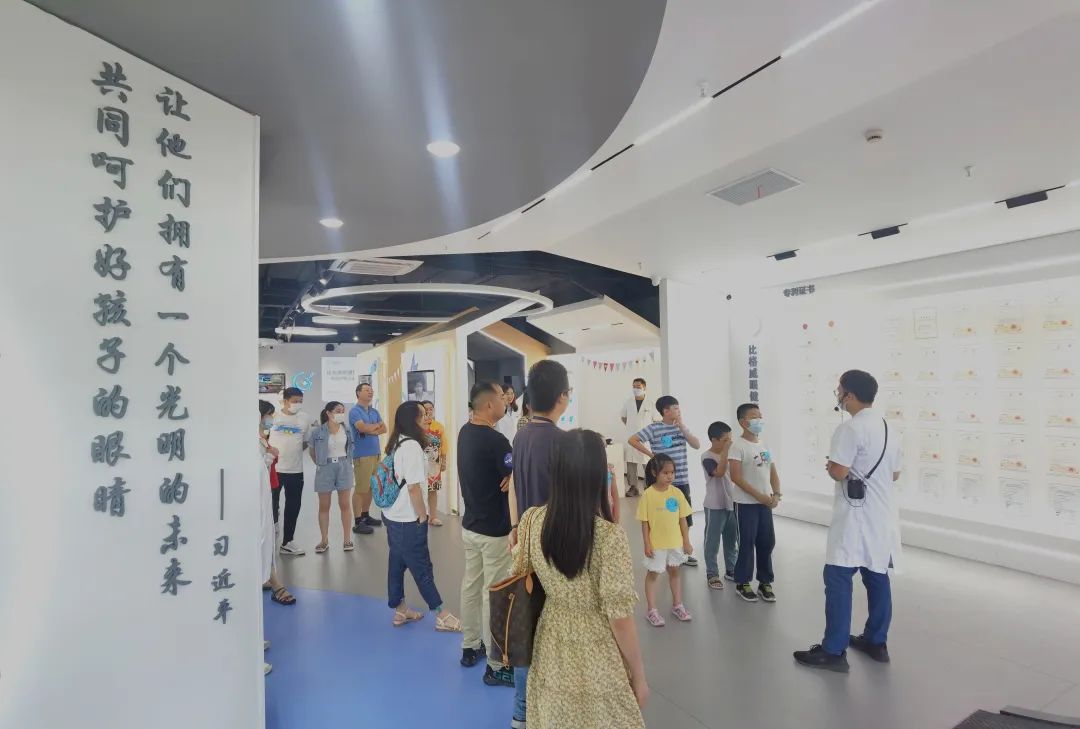
Children dressed up as ophthalmic “little doctors”, “little reporters” or ophthalmic “little doctors” by wearing white medical uniforms, journalist uniforms and doctoral hats according to their favorite role, full of expectations for the event.
Our vision is extremely precious
From the moment we wake up in the morning, we start to observe the world with our eyes. In order to let children truly feel the importance of vision, in the “blind men touch the elephant” activity, children are required to wear blindfolds and walk around the science museum while being guided by their parents. They can only touch and walk slowly with their hands during the process. Parents can guide and help their children verbally to prevent them from falling or hitting other things while walking, but they cannot walk with their children. When they reach the finish line, the children take off their blindfolds and express their feelings one after another, such as “it’s too uncomfortable to not be able to see things”,”without direction, I can’t even walk properly”, “time passed so slowly”, “it’s so great to be able to see again”…
So in our future learning and life, do we need to take better care of our vision?
“Yes!”
The children answered in unison.
Eye health knowledge that everyone should know
Eyes are the most sophisticated organ in our body, and 83% of the information we obtain comes from vision. It is precisely because people’s learning, work, and life are highly dependent on vision that long-term lack of rest for the eyes has led to the occurrence of myopia and various eye diseases.
What is the structure of the eye and what is the function of each part? How does myopia occur? What are the hazards of myopia? What are the scientific prevention and correction measures? What are the common misconceptions in myopia prevention and control? These are issues that children, and especially parents, are very concerned about. An easy-to-understand eye health popular science lecture can provide answers to these questions.
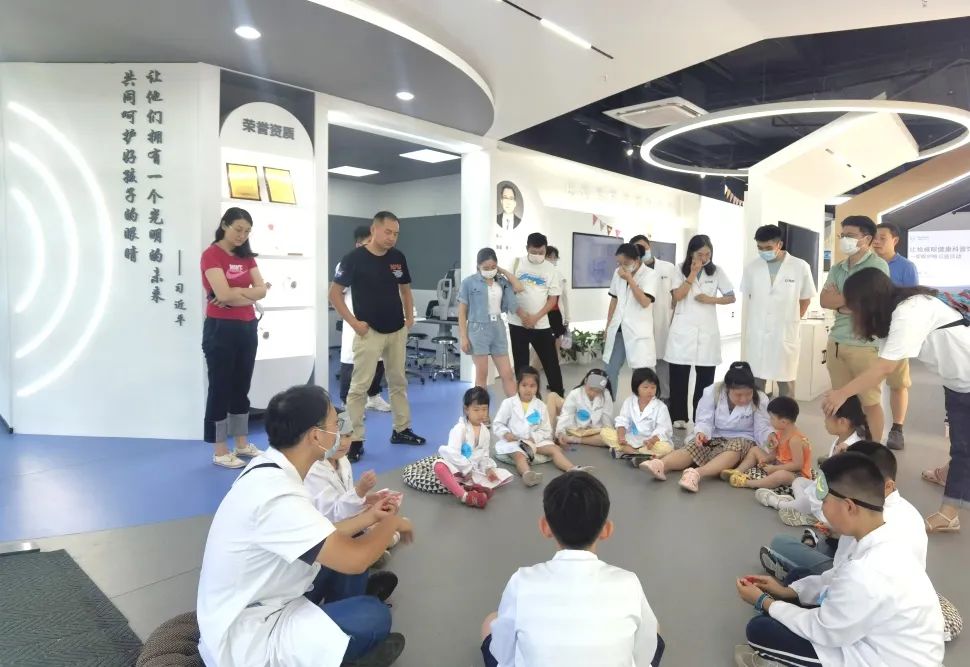
In order to give children a more intuitive understanding of the physiological structure of the eyeball, the children are divided into four groups for each activity to compete in assembling an eyeball model. “This is the vitreous body”, “this is the iris” … When we saw that the children could skillfully say the structure of the eye, we were pleased to have planted the seeds of eye care in their hearts.
Caring for your eyes starts with establishing an eye health record
In school, children are often the subjects of eye health exams. The Love Your Eyes Parent-Child Day activity gave children the opportunity to operate the equipment themselves. The children carefully learned how to accurately identify the visual acuity chart and operate the computer optometry. They were grouped to perform the examination and guided by an optometrist on the side. This not only exercised the practical skills of the children, but also gave them a new understanding of eye examinations. After all the children completed the exam, they were awarded an excellent certificate.
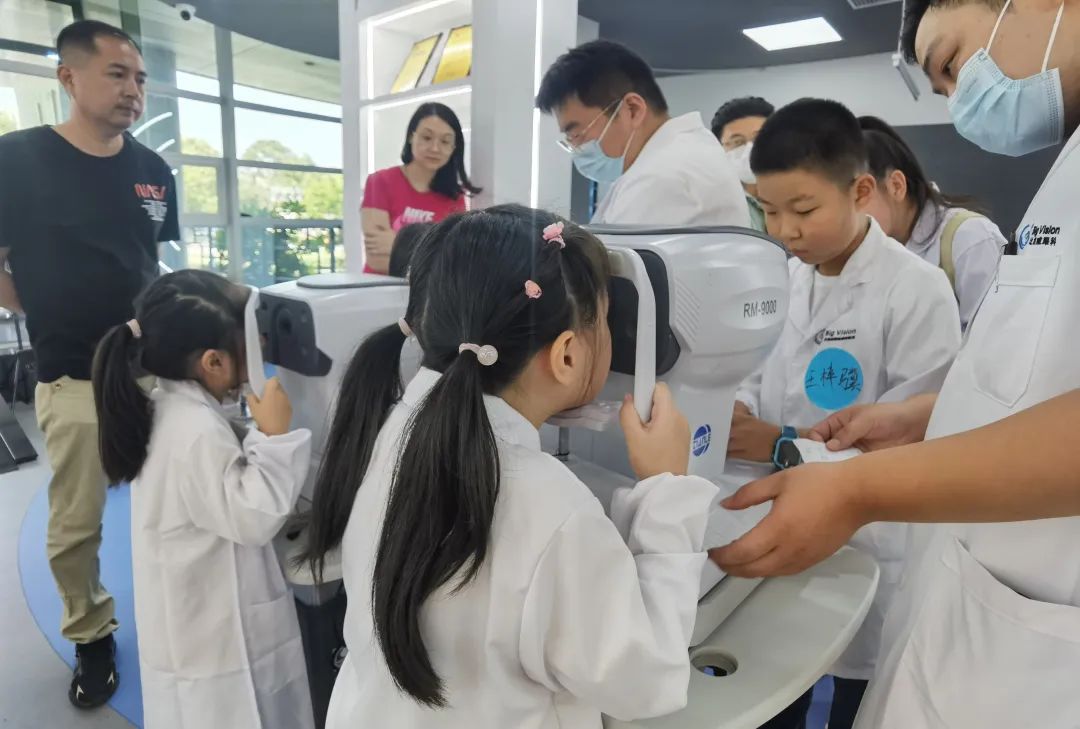
The examination data of each child is automatically uploaded to generate an eye health record, which parents can check at any time through the WeChat mini program and conduct regular follow-up examinations. Establishing a children’s eye health record can dynamically monitor their eye development and detect eye problems in a timely manner, enabling effective treatment. Experts call for the early establishment of a comprehensive eye health and refractive development record for children.
Simulated young journalist training in conducting interviews
“Hello, I am a young journalist from Mingcheng Suzhou. Today we are at the Big Vision Eye Health Science Museum. I would like to interview how long elementary school students can use electronic products in a day. What kind of tissue do we have in our eyes? How should we prevent myopia?” A series of questions were asked by the young journalist and we invited Professor Chen Xinjian, founder of Big Vision Medical Technology, to answer them vividly and clearly. Through this simulated interview, the young journalists’ thinking was expanded. They learned about eye care knowledge while having fun, developed healthy eye habits, and guided parents to better participate in the prevention and control of myopia.
Whether it is the Eye-care Parent-child Activity or the Young Journalist Science Popularization Public Welfare Activity, both helps children learn about eye care knowledge, enhance their awareness of vision protection, and develop good eye habits. These activities are entertaining and educational, receiving praise from parents. Children who participated in these science popularization activities said that they will protect their own eyes well in the future and promise to pass on the knowledge of eye care to everyone around them.

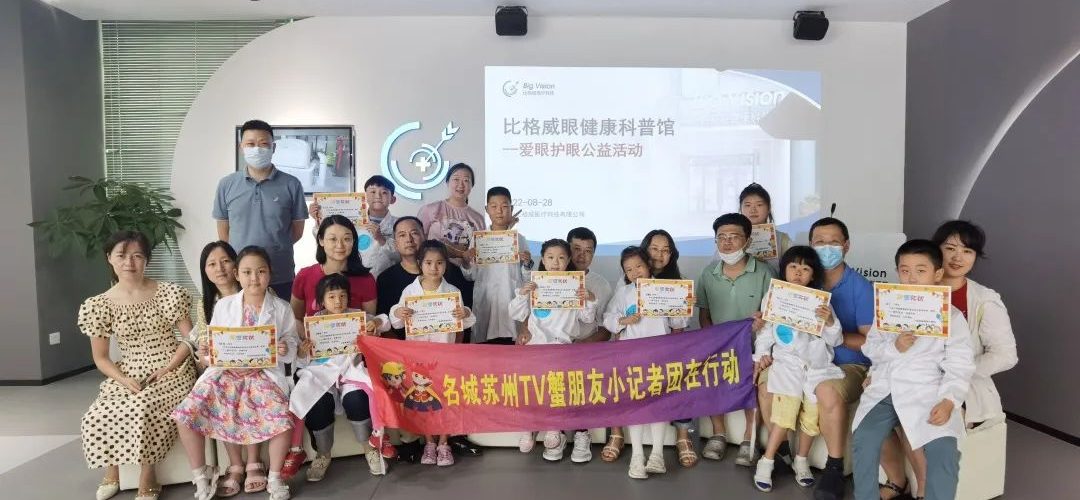
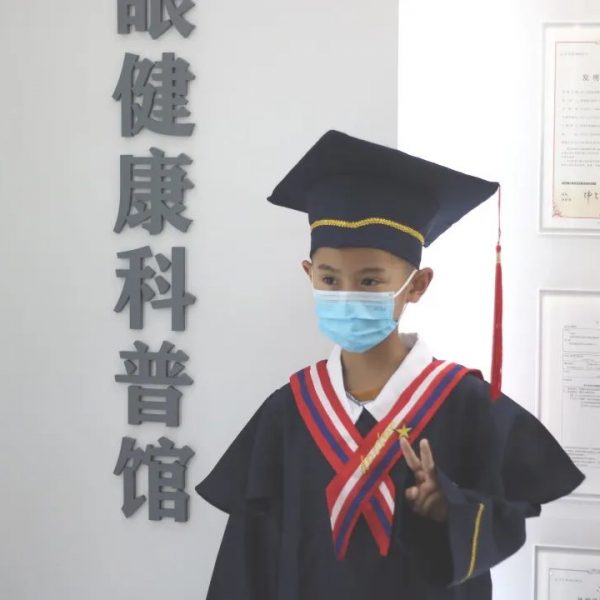
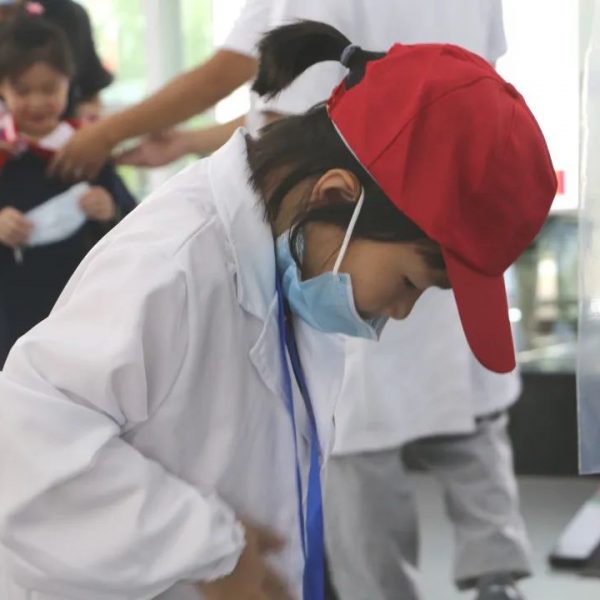
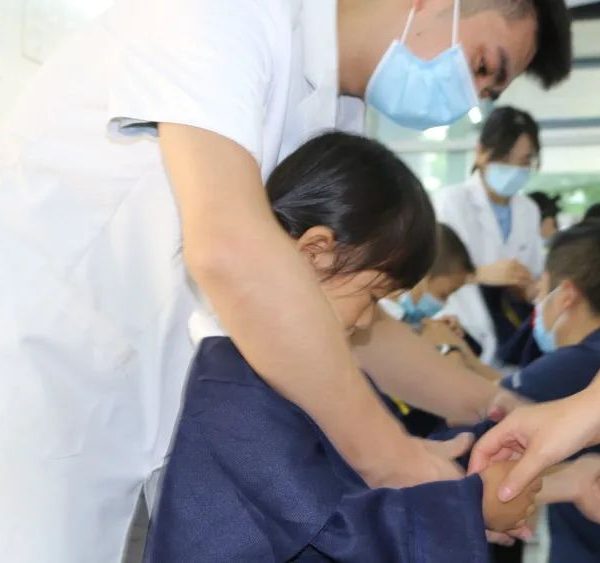

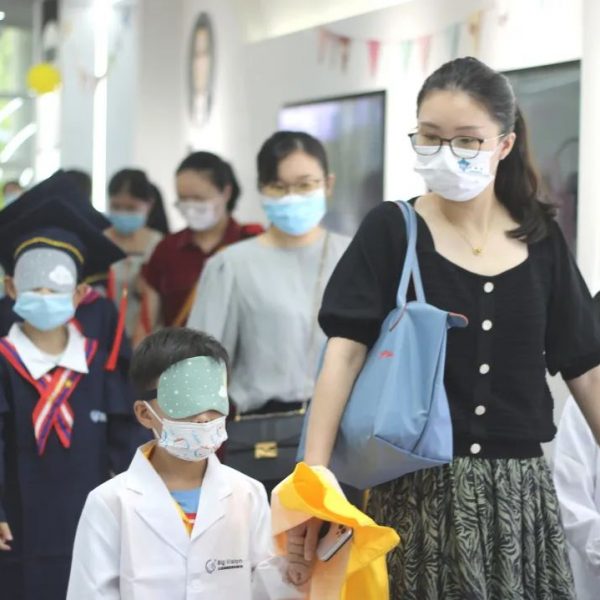
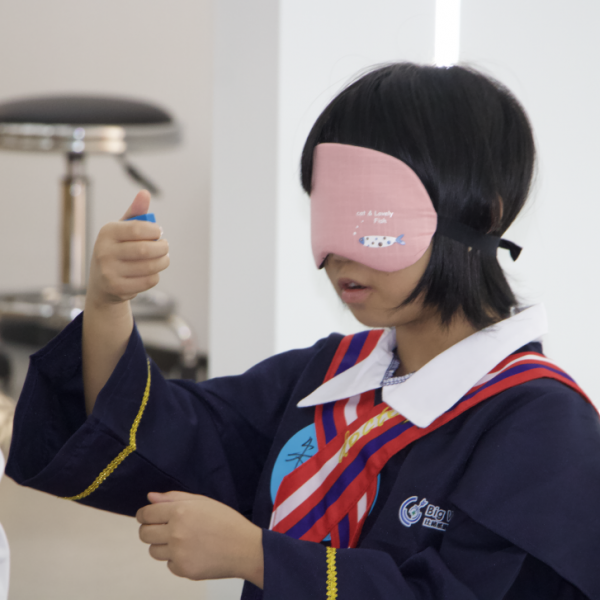
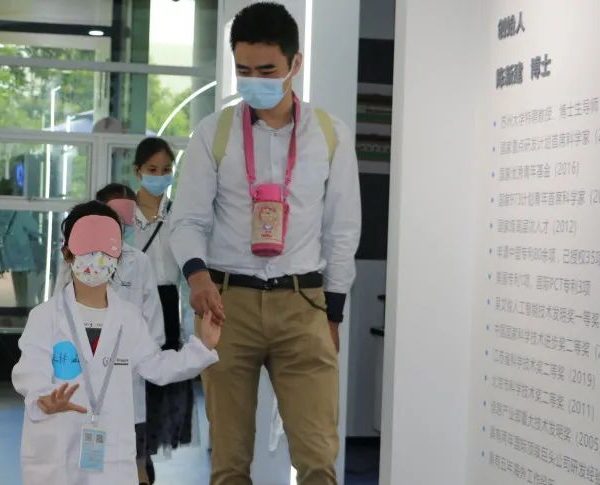
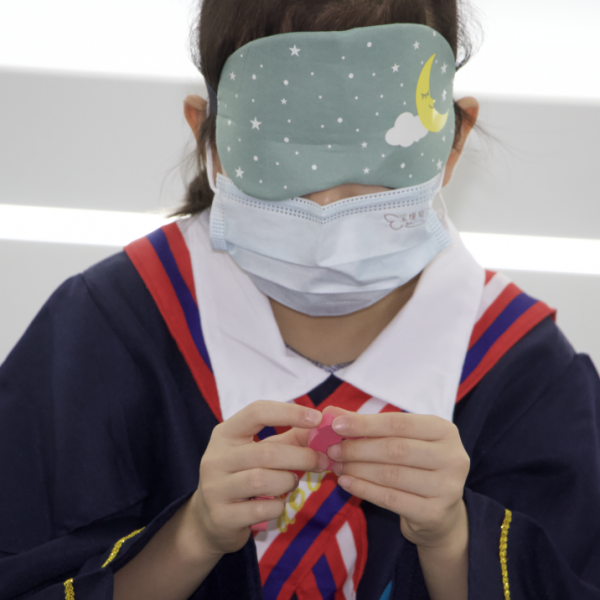
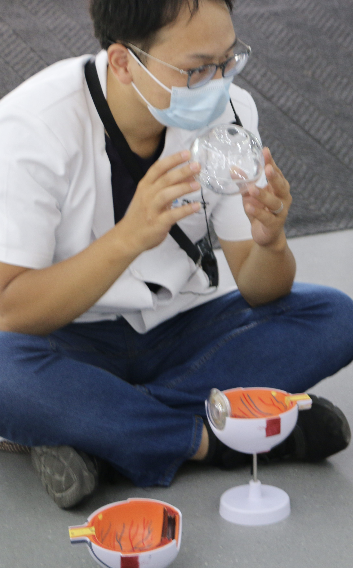
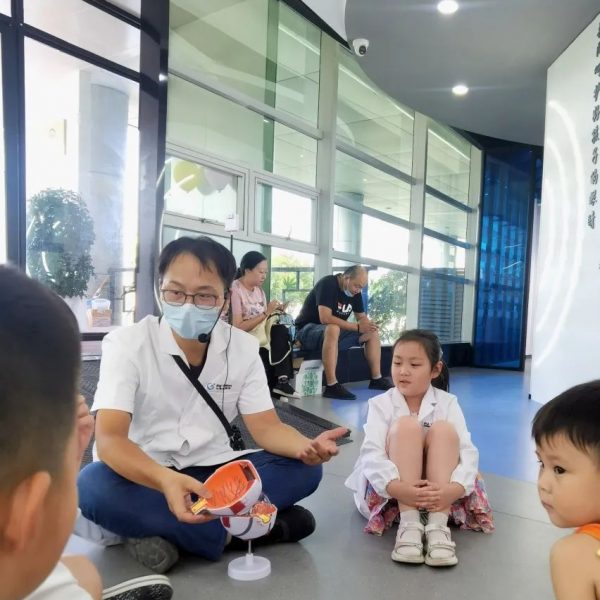
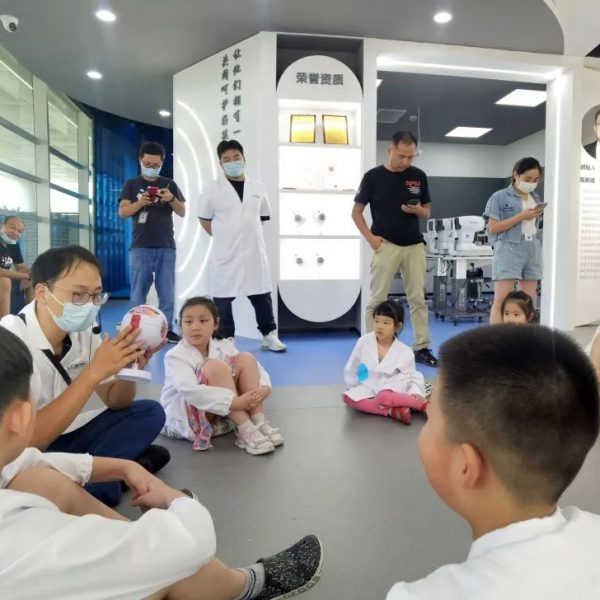
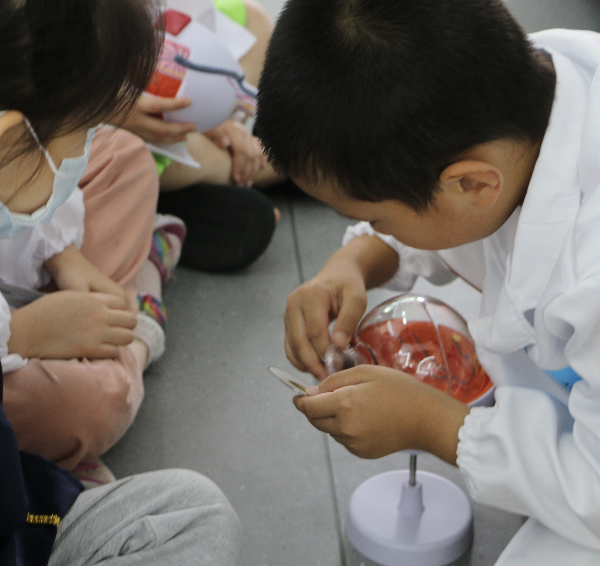
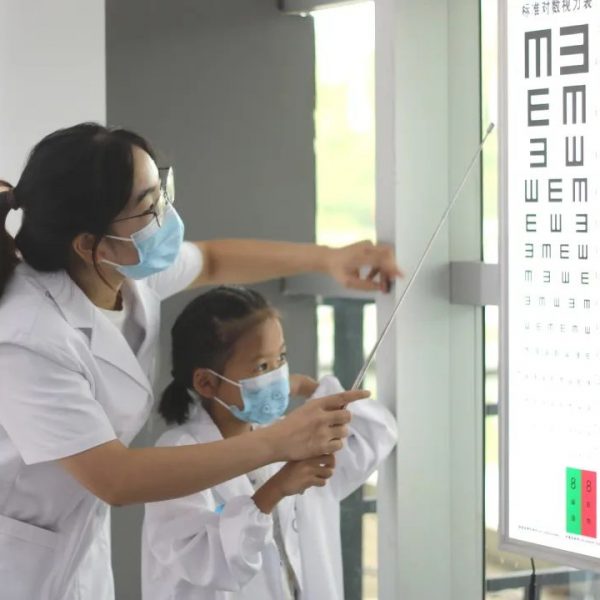
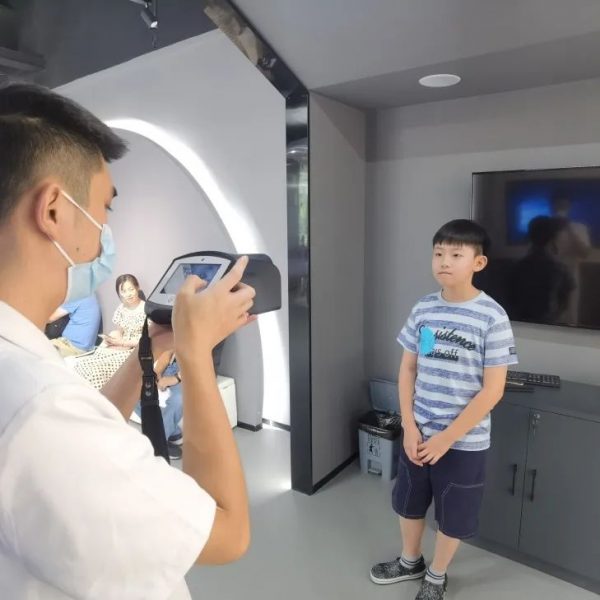
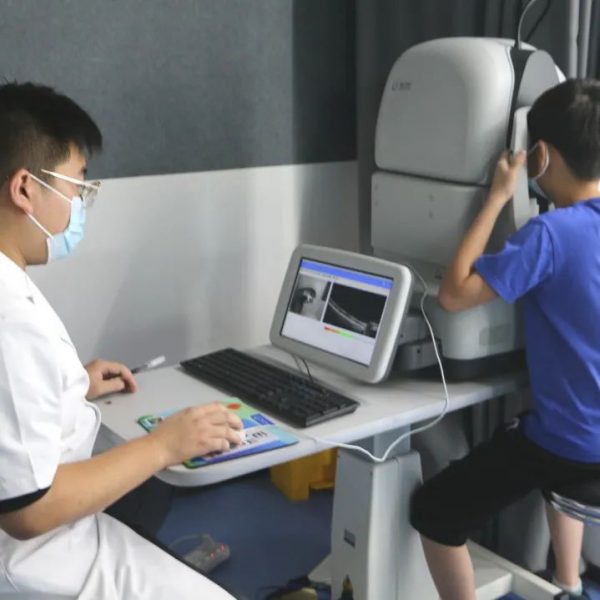
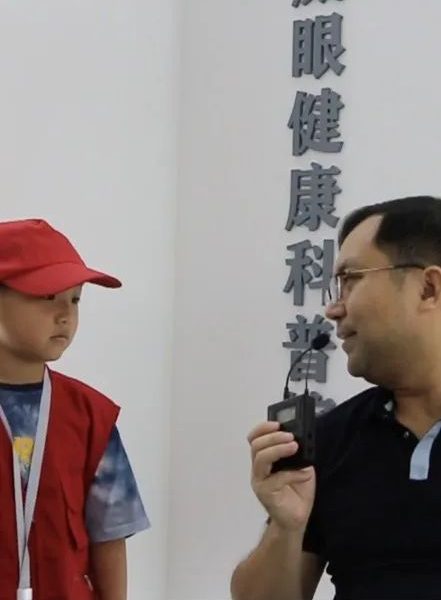
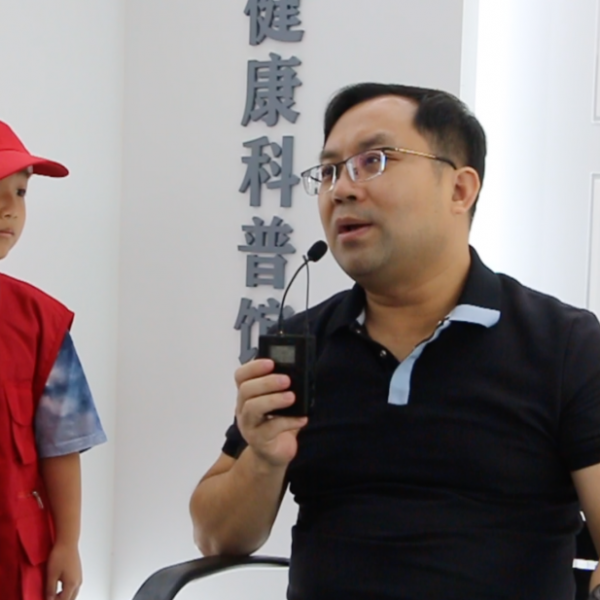
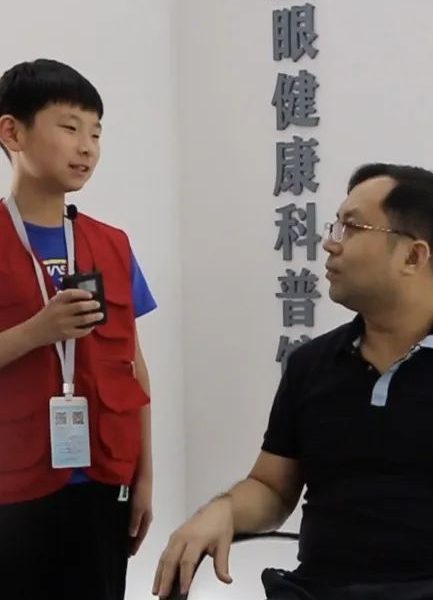
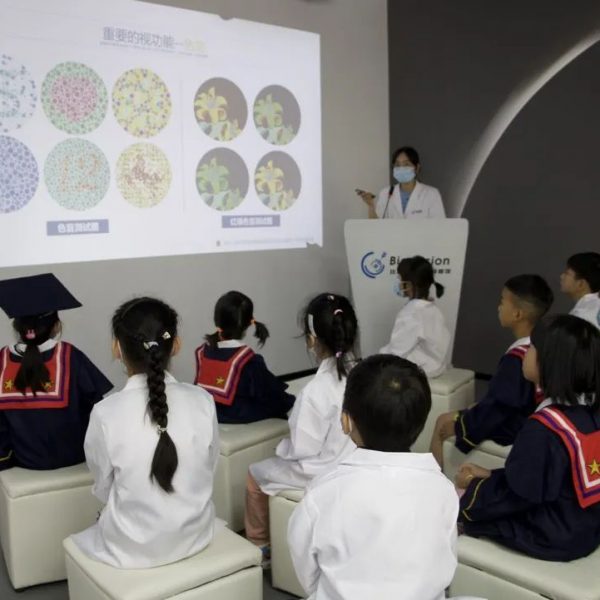

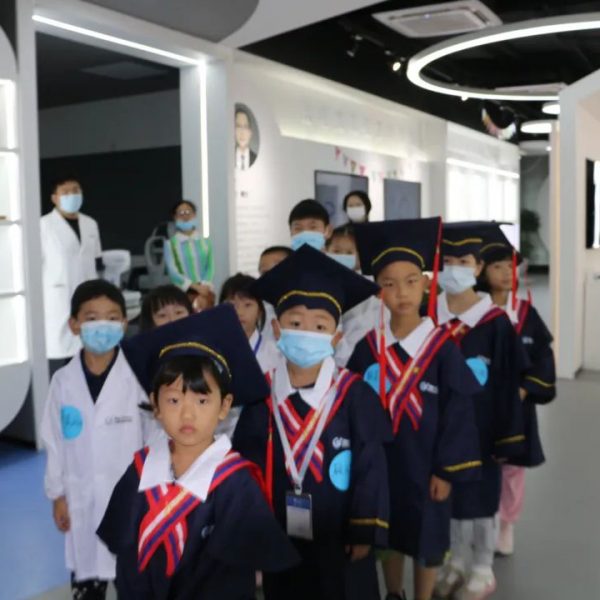
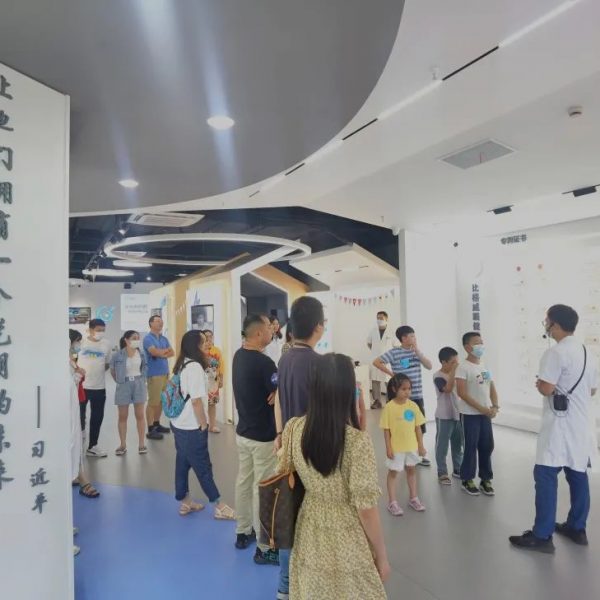
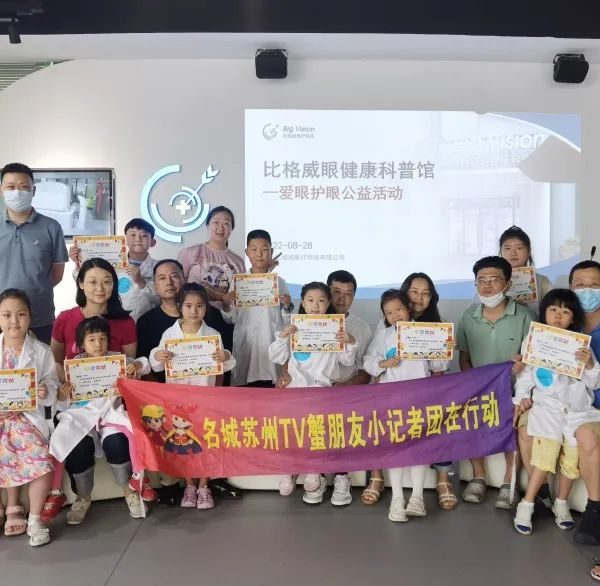
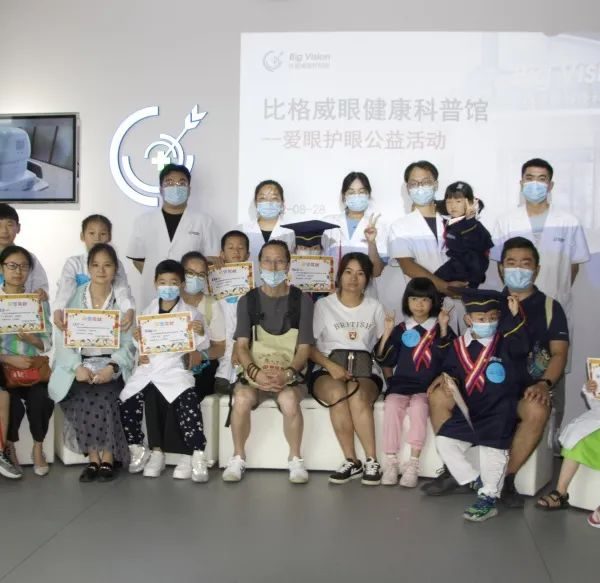
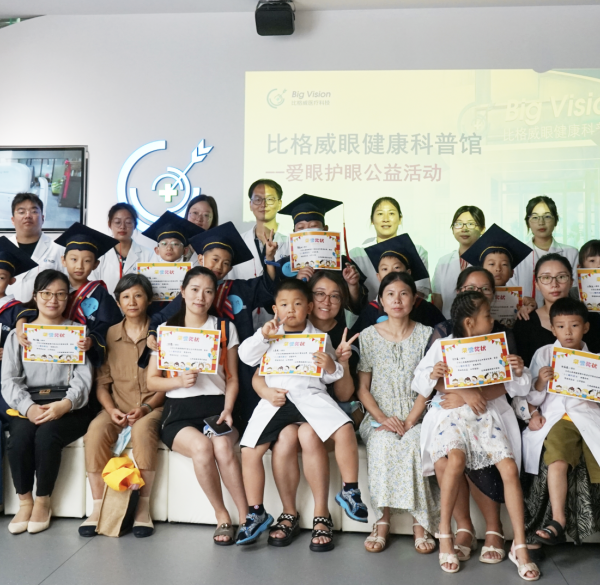
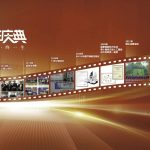
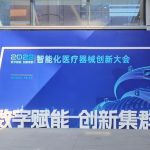
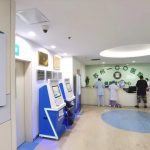




No comments yet.